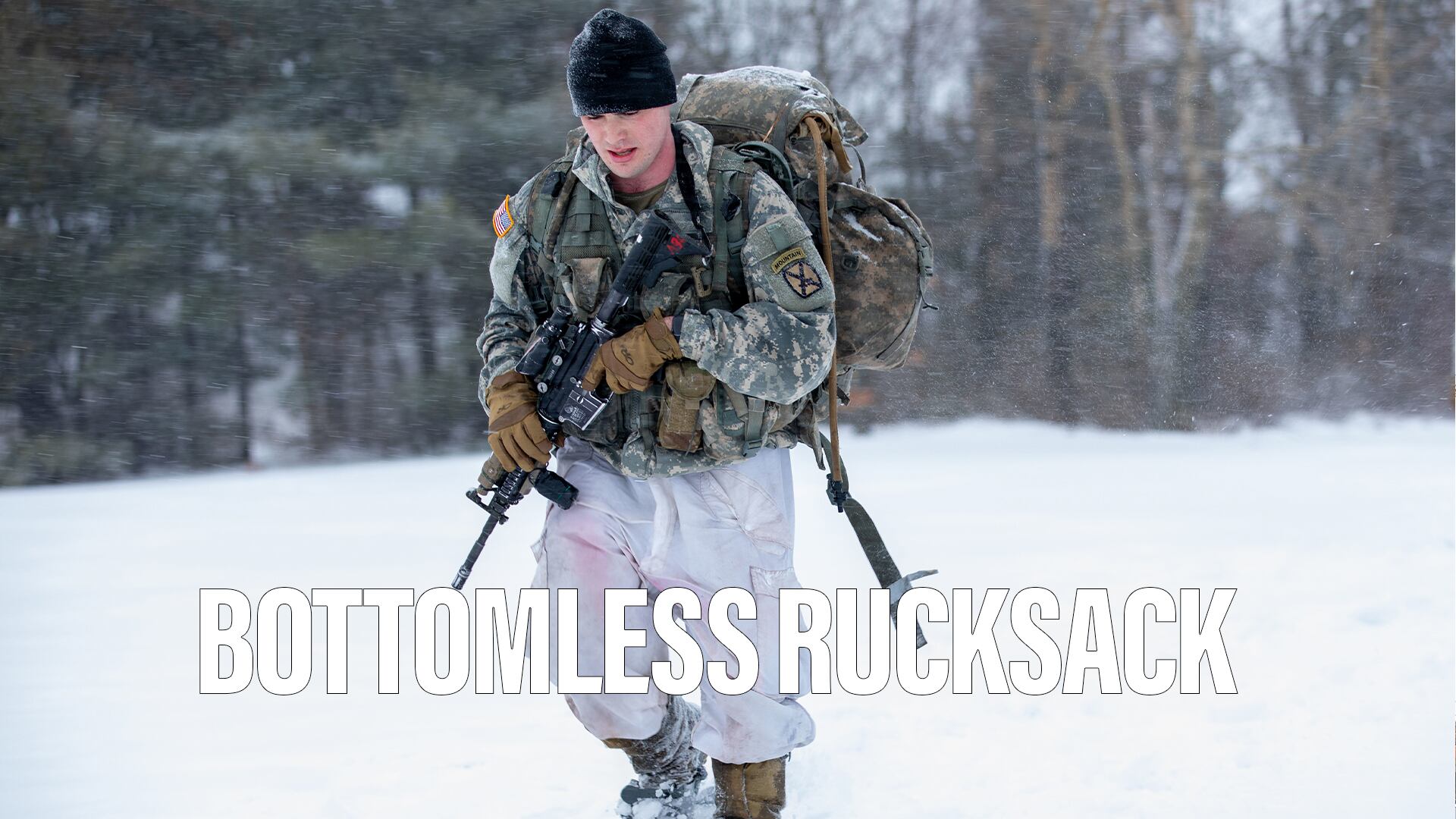The Air Force must rapidly adapt its fleet of information gathering aircraft or risk being outpaced by its adversaries, according to retired Lt. Gen. David Deptula, who is now dean of the Mitchell Institute for Aerospace Studies.
“The subsystems that make these aircraft effective have been modernized, but the aircraft themselves are aging to the point where they’ve got to be replaced or they risk being economic burdens to a growing geriatric Air Force,” Deptula said during a panel Monday at the Air Force Association’s annual conference.
During the Cold War, the Air Force met the challenge of airborne intelligence gathering with three aircraft: AWACS, JSTARS and the RC-135 Rivet Joint, Deptula said. The combined utility of those aircraft was deemed the “Iron Triad,” he added.
But as existing assets age, the Air Force has realized the potential to place command and control, and intelligence, surveillance and reconnaissance on virtually any platform it fields, Deptula said.
“One could see nearly every aircraft in the Air Force inventory able to gather information,” he said.
Click here for more from the Air Force Association’s annual conference!
As information gathering technology rapidly innovates, flexibility and the ability to envision the conflicts of tomorrow must merge, said Lt. Gen. VeraLinn Jamieson, deputy chief of staff of intelligence, surveillance and reconnaissance.
“That might mean we field airborne sensors,” Jamieson said. “That also might mean we look to the skies and we form satellite capability, [or] we think a little bit harder about sensors embedded in the ground, surface and subsurface. Tomorrow’s ISR enterprise will include all domains.”
That entrepreneurship is needed now, and quickly, said Col. Geoffrey Weiss, commander of the 552nd Air Control Wing.
“Frankly, I think we’re about a decade and a half overdue,” Weiss said. “I think we’re late to this fight, but I hope we’re not too late, because it’s imperative that we get this right.”
The multiple domains of warfare U.S. military forces are engaged in, from disaster relief to asymmetric warfare, has placed the Iron Triad weapon systems in greater demand than ever, Weiss said.
The Air Force can’t simply refurbish older platforms with new technology, Weiss said. Instead, it must rely on an ability to innovate, with “an appreciation of a future that includes multi-domain, coalition war-fighting, as well as the fact that space and cyber are now contested domain,” he added.
“Whether the Iron Triad of 2050 evolves to a single manned platform or a family of related platforms ... it must be collaborative ... with growth potential built in,” Weiss said.
Kyle Rempfer was an editor and reporter who has covered combat operations, criminal cases, foreign military assistance and training accidents. Before entering journalism, Kyle served in U.S. Air Force Special Tactics and deployed in 2014 to Paktika Province, Afghanistan, and Baghdad, Iraq.








